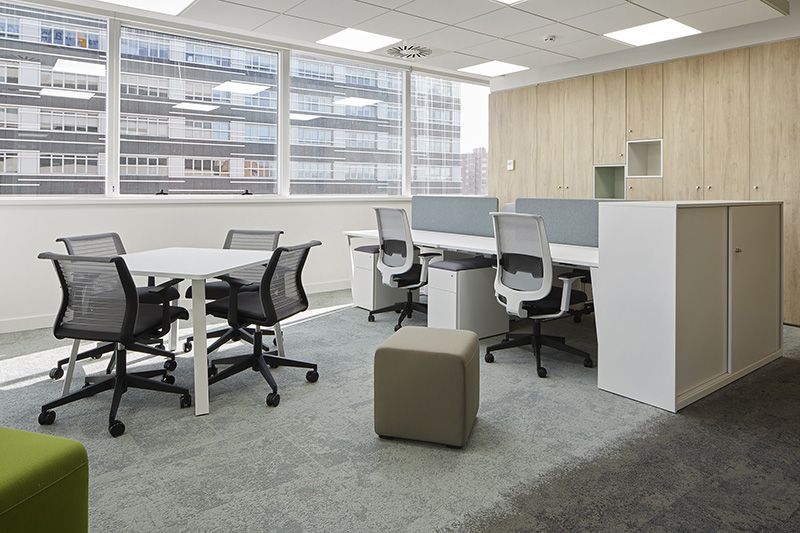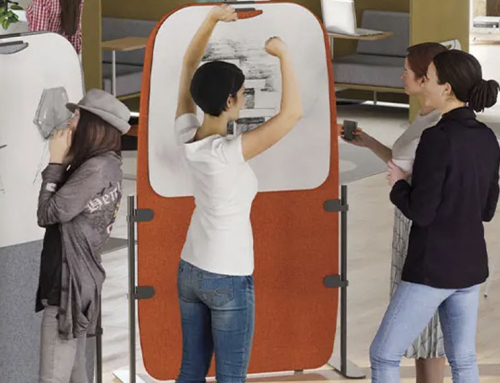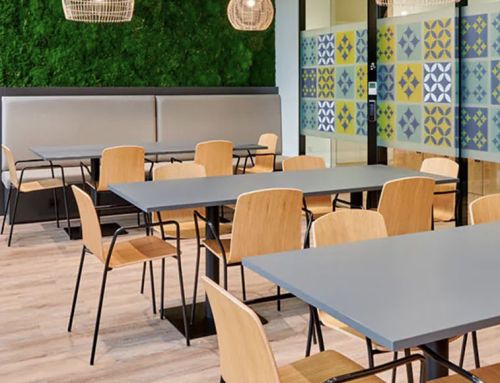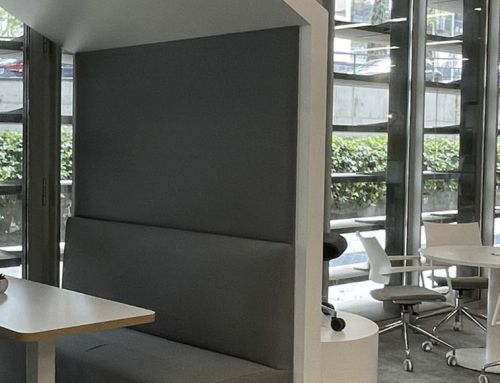By Camilo Agromayor, CEO of Ofita
Traditional offices of the 20th century have their days numbered. The way in which people works has changed and with it the needs of employees, this being the reason for the incorporation of new types of spaces such as informal areas.
With new professional models based on the absence of hierarchy and encouraging creativity and intra-entrepreneurship above the control and presence of the employee at the office, spaces are suffering a transformation towards more lucid and comfortable offices with Silicon Valley and their technology companies as paradigm.
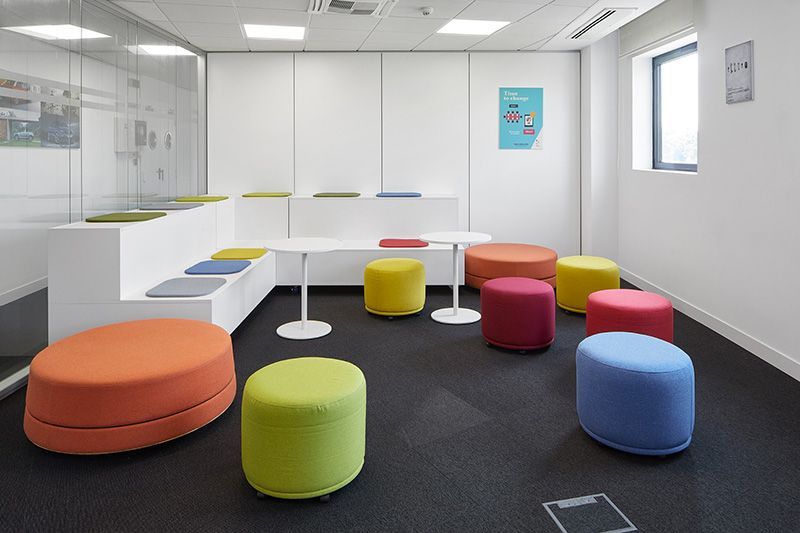
Volkswagen Audi Skoda (VAESA).
We have changed from seating in the same station each day and for the whole working schedule to a more autonomous way to work with respect to space and time because technology helps us work today from anywhere and at any time. Each place is a potential work place.
Estas nuevas culturas empresariales van unidas a conceptos de trabajo flexible. Y el trabajo flexible necesita un espacio de trabajo que lo apoye e impulse.
These new corporate cultures come hand in hand with flexible work concepts. And flexible work requires a work space which supports and encourages it.
If we want to make things different, we need a different work space.
It is very difficult to be creative, innovate and to change traditional models when the design of the office does not help.
Flexible work leads to a less intensive use of the work station traditionally assigned. This means that the office is planned depending on the real presence of employees against traditional assigning: 1 employee, 1 workstation.
For this reason, increasingly more companies use the “non-territoriality” system as an alternative to personally assigned workstations.
The office model changes and not only at the level of the number of work stations or their size, it also changes its design and the way to use the space: new functionalities have been given like for example relaxing or vending areas which are also ideal places to hold informal meetings.
Therefore there appear spaces which complement traditional work spaces to encourage the activities now carried out in offices. Offices are now a place of reference, for meeting, collaboration….
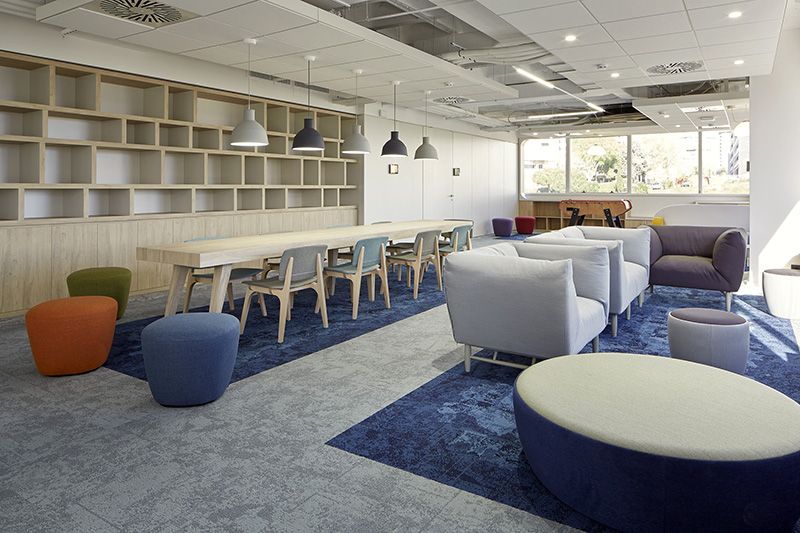
Manpower, Madrid.
While the number of private offices reduces in around 60%, interaction areas are the most demanded spaces in the design of actual offices.
On the one hand, there are spaces to work in groups which are normally flexible and adaptable and vary depending on the needs of each time.
Many companies opt for the implementation of this type of work stations due to the savings involved in the reduction of space but the truth is that this type of configuration has also revealed unexpected benefits from promoting the collaboration between employees to the reduction of internal emails or the increase of creativity.
And on the other hand, we have spaces for informal communication or the added value which in this type are the ones experimenting a greater increase.
New technologies have freed us from the slavery with respect to spaces. They have given us the opportunity to work in a more free and collaborative manner in any space. Thanks to this freedom, in companies is ever more frequent to find these informal meeting areas where having a coffee, relaxing and sharing ideas in a nice and relaxed manner.
Investigations developed show that these less formal contexts may help stimulate creativity and people giving the best of themselves. In fact, some of the best ideas are exchanged having a coffee or around a pool table.
Offices are designed today as a meeting point, which leads to a greater sense of community, to innovation and creativity. But also have to be provided with private spaces; have to respond to the broad range of needs of professionals forming part of them.
Therefore, in actual offices we see how assigned workstations coexist with non-territorial areas; project rooms to work in teams with areas for individual work requiring concentration; phone booths for confidential work with shared collaboration areas; and cubicles with informal collaboration areas and relax spaces…Offices transform and become more social.
